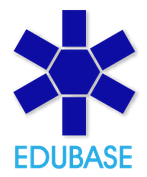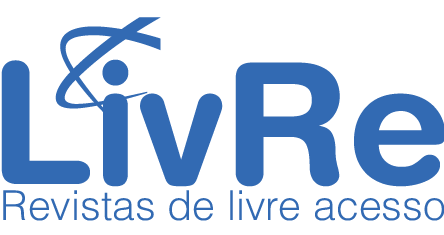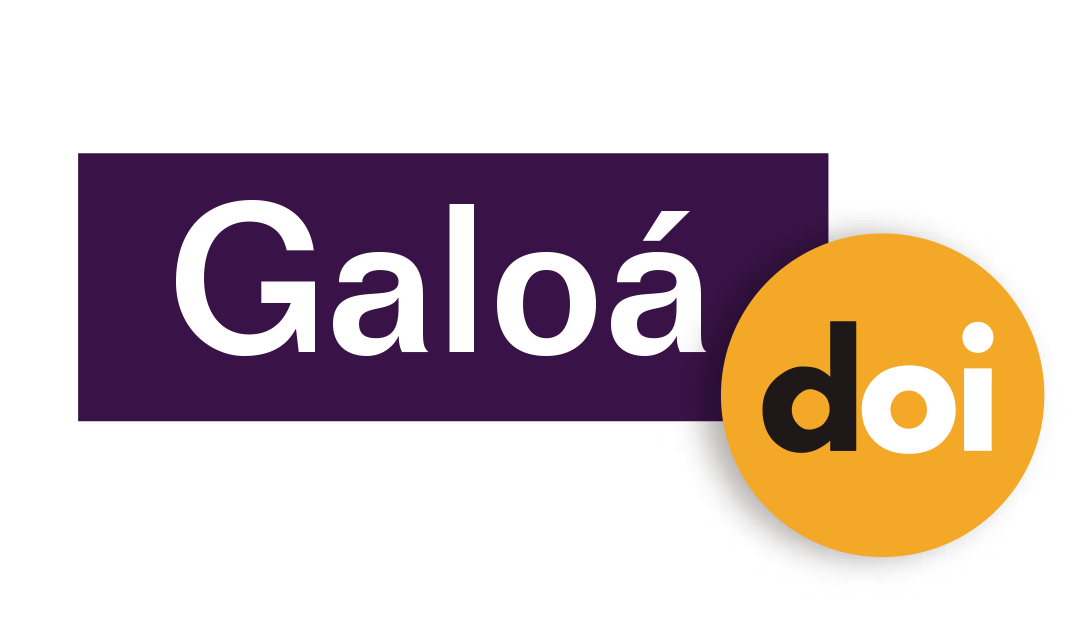Non-Classical Approaches to Logic and Quantification as a Means for Analysis of Classroom Argumentation and Proof in Mathematics Education Research
Resumo
Background: While it is usually taken for granted that logic taught in the mathematics classroom should consist of elements of classical propositional or first-order predicate logic, the situation may differ when referring to students’ discursive productions. Objectives: The paper aims to highlight how classical logic cannot grasp some epistemic aspects, such as evolution over time, uncertainty, and quantification on blurred domains, because it is specifically tailored to capture the set-theoretic language and to validate, rather than to consider epistemic aspects. The aim is to show that adopting classical and non-classical lenses might lead to different results in analysis. Design: Nyaya pragmatic and empiricist logic, with Peircean non-standard quantification, both linked by the concept of free logic, are used as theoretical lenses in analysing two paradigmatic examples of classroom argumentation. Setting and Participants: excerpts from a set of data collected by prof. Paolo Boero from the University of Genoa during research activities in a secondary school mathematical class. Methodology: The examples are discussed by adopting a hermeneutic approach. Results: The analysis shows that different logical lenses can lead to varying interpretations of students’ behaviour in argumentation and presenting proof in mathematics and that the adopted non-classical lenses expand the range of possible explanations of students’ behaviour. Conclusion: In mathematics education research, the need to consider an epistemic dimension in the analysis of classroom argumentation and proof production leads to the necessity to consider and combine logical tools in a way specific to the discipline, which might differ from those usually required in mathematics.
Palavras-chave
: Logic; Non-standard quantification; Nyaya, Argumentation and proof; Set-theoretic language.
Texto completo:
PDF (English)DOI: https://doi.org/10.17648/acta.scientiae.7405
Apontamentos
- Não há apontamentos.
Direitos autorais 2022 Miglena Asenova

Esta obra está licenciada sob uma licença Creative Commons Atribuição 4.0 Internacional.
ANÚNCIOS
Informamos que, a partir de outubro de 2025, devido ao grande número de artigos na fila de submissão, está suspenso o aceite de submissões. Rebriremos em fevereiro de 2026.
Mais, informamos que sites fraudulentos, https://periodicos-ulbrabr.org e https://periodicos-ulbrabra.org, estiveram se passando pela Acta Scientiae, utilizando nosso nome e identidade visual e até solicitado taxas de APC, que nós não cobramos. Aconselhamos cautela para evitar serem enganados por sites semelhantes.
Conceito A2 na Capes(2021)
Índice h5 do Google Scholar: 13
Índice mediana h5 do Google Scholar:24
eISSN: 2178-7727
Indexações:
A Acta Scientiae é indexada em: | Scopus |  | Latindex |  | Edubase (SBU/UNICAMP) |
 | Sumarios.org |  | Google Scholar |  | Portal LivRe (CNEM) |
 | Journals for Free |  | REDIB |  | Galoá DOI |

Todos os trabalhos publicados aqui estão sob uma licença Creative Commons - Atribuição 4.0 Internacional.
